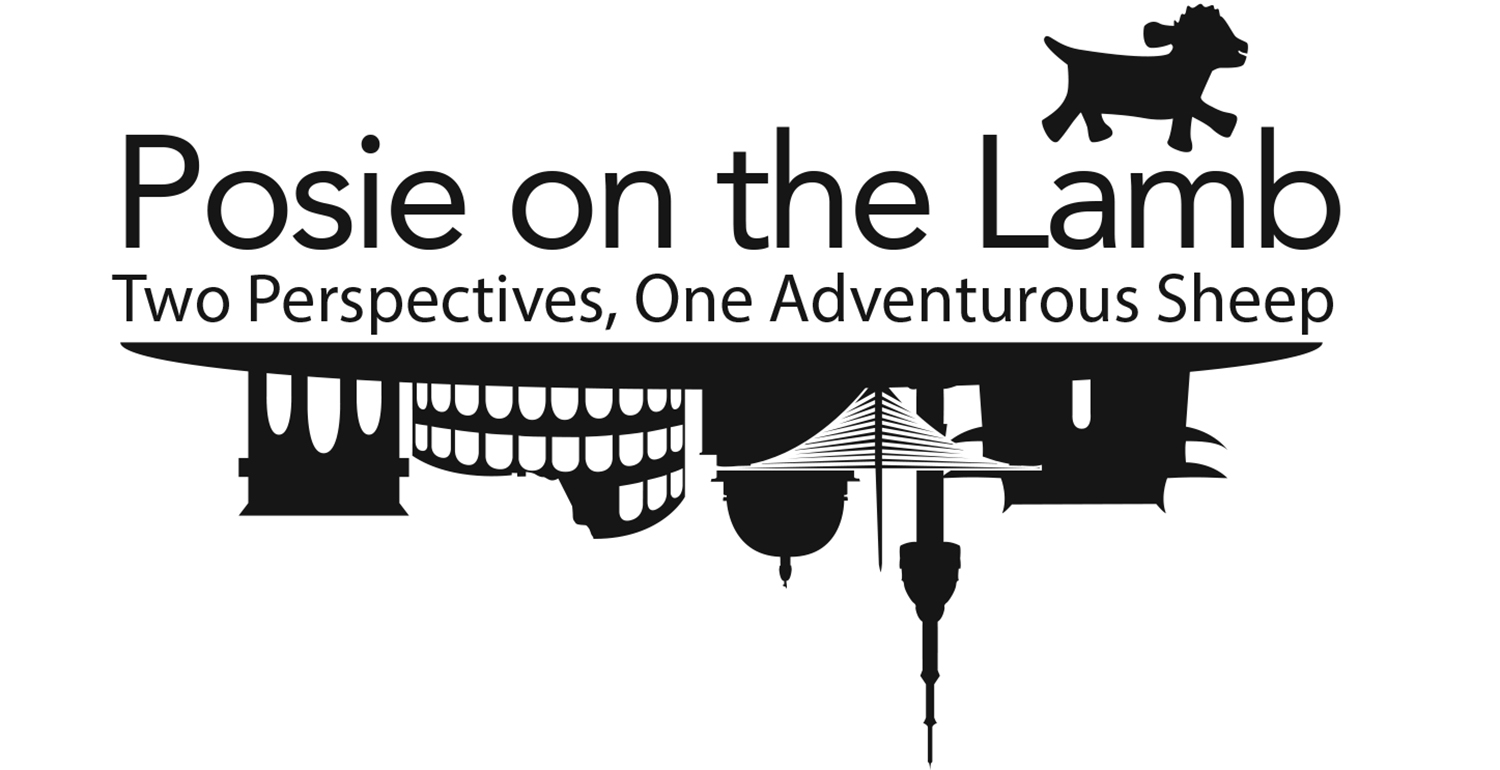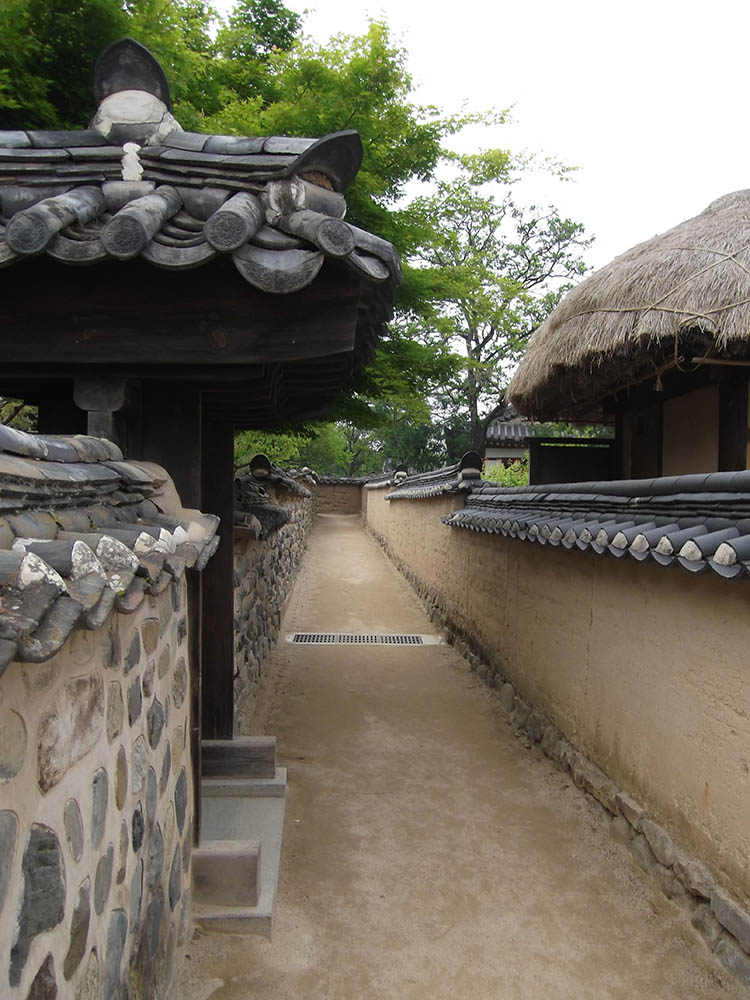Hahoe Folk Village

I love my modern conveniences. Maybe a little too much. I spend 12 hours a day attached to a laptop, writing or editing or playing games. If I’m bored? I pop online, read the latest news, do a little research, or watch some TV. In the summer, my best friend is the air con. In the winter, it’s my heater. If I’m hungry? Time to bake something in the oven, or the microwave, or pull something out of the fridge. I’m a product of the modern world, and (generally speaking) I love it. But sometimes, it’s okay to slow down a bit. Sometimes, its okay to sit on a porch in the hot sun, watch the world drift by on a lazy afternoon. Sometimes its okay to unplug, read a book, go for a walk, spend a night sharing stories with friends, or even just listening to the crickets. Hahoe Folk Village is a pretty good place to disconnect. It’s laid out like a lotus flower, surrounded by a bend of the Nakdong river, using architecture that has long since gone out of style in modern Korea. Located outside the city of Andong (take local bus 46 from just outside the intercity terminal, it’s about a 20 minute ride), Hahoe is a UNESCO world heritage site, so it does get a lot of tourism. The parking lot and entrance is dense with shops, restaurants, and markets, and the village itself is often swarming with boisterous school groups. There is a lovely mask museum as well, but I didn’t check it out. Admission to the village is inexpensive, running roughly ₩2,000. A shuttle bus runs from the parking lot and the tourist market to the village itself. Mud walls, beautiful tiled or thatched roofs, and narrow lanes characterize the architecture.
There’s even an old haunted tree tucked away in a corner, where they used to hold traditional dances. Now, visitors write their prayers on little slips of paper, hoping the old spirit inside will hear and help.
It will take two to three hours to complete a full circuit of the village. It will take longer if you take a ferry to the opposite side of the river and climb the cliffs.
It will take even longer if you make a reservation at Bukchon House for an evening in a traditional Korean dwelling (Note: there are no restaurants in the village itself, but the house does offer dinner and breakfast). I’m actually a little sad I didn’t spend the night. The atmosphere was so peaceful, even with the hordes of kids. It would have been nice to see what it was like at dusk, when the school groups had gone home. Still, I suppose that’s something for next time.
-Sam





